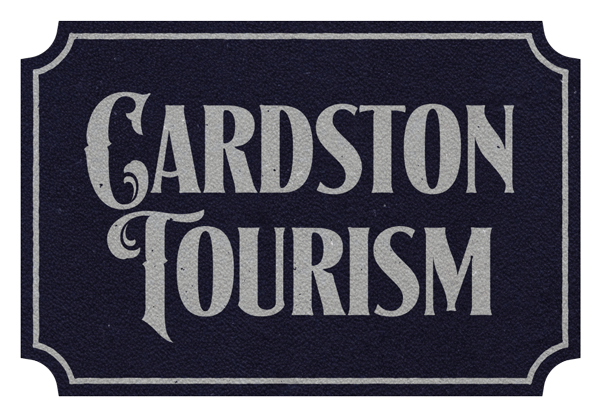Pow Wow Protocols
By Rebecca Many Grey Horses
Pow wows are open to the public and are a great opportunity for non-Indigenous people to participate in the richness of an Indigenous traditional gathering. If this is your first time attending one, there are some protocols that must be respected, but keep in mind protocols vary from region to region. If you have questions, find one of the organizers and ask if you are unsure about something.
The outfits of the dancers are called regalia, not costumes. Many hours are spent on creating beaded outfits. The designs are usually used by families and depictions and symbols of animals or nature. It would be advisable to ask permission first before photographing the dancers if you want to take a picture of one particular dancer.
There may be giveaways, which are cultural practices of First Nations culture, and they are held at many dances. They are recognitions of appreciation to recipients for honour given. When receiving a gift, the recipient thanks everyone involved in the giving.
The drum is the center of a pow wow; the rule is not to attempt to play or touch a drum without permission. The drummers refer to the group of performers who play the instrument, such as the “host drum.”
If you intend to record the pow wow, seek permission before recording.
During grand entry, always stand; this procession opens the pow wow. The Eagle Staff is the lead, followed by flags, usually carried by Indigenous war veterans, then the dancers. Other events during the pow wow may also require the audience to stand, but the Masters of Ceremony will make the announcement.
Pow wows are a fun and inclusive celebration. It is also an opportunity to learn about First Nations culture and participate, if you wish, in intertribal dancing.
ITSINOHTSSPIYAKI (REBECCA MANY GREY HORSES) is from the Fish Eaters and Many Children’s Clan of the Kainai. Her traditional Blackfoot teachings and upbringing have given her the skills to educate on Blackfoot perspectives and world views. Having a MA in Jurisprudence in Indian Law provides the academic background to consult, educate, and work in many areas. Rebecca loves to teach about Indigenous/Blackfoot stories, traditions, and perspectives. Itsinohtsspiyaki is advocating for preserving Blackfoot Sacred sites within Blackfoot Traditional Territory and has been actively mapping and documenting for the Indigenous Vision Organization as an advisory board member.
